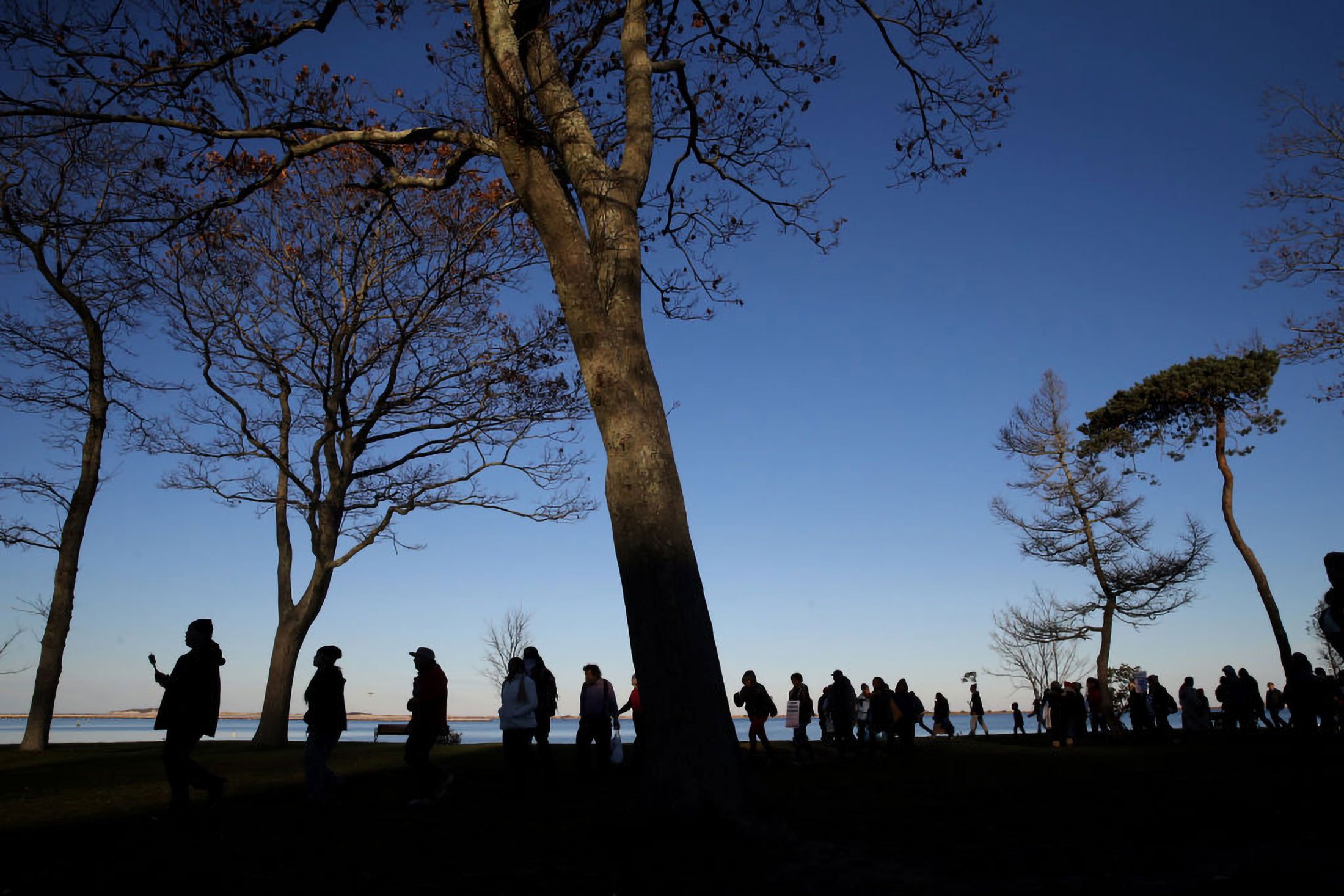
Our Story
The new Tomaquag Museum Campus tells the full, rich story of the region’s First Nations
ALGONQUIAN-SPEAKING PEOPLES thrived across southern New England for tens of thousands of years, living sustainably on these same lands and waters, keeping a large population fed and prosperous...
Until a European invasion brought devastating sickness, conflict, even enslavement...
Followed by centuries of relentless, government-sanctioned policies aimed at emptying the land of Indigenous peoples...
The uplifting of the Indigenous voice is more relevant than ever ... as a nation awakens to the promise and struggle required for true diversity, equity and inclusion.
Stolen Lands
Rhode Island’s human history predates colonist Roger Williams by thousands of years, according to archaeologists. In 1676 Indigenous peoples still sustainably occupied pretty much all the lands and waters of what is today’s southern New England. The 1880 act to abolish the Narragansett Tribe and the quick sale of their lands in 1882 shows how far legal genocide had come in two centuries.
“Our Fathers had plenty of deer and skins, our plains were full of deer, as also our woods, of turkies, and our coves full of fish and fowle. But these English have gotten our land, they with scythes cut down the grass, and with axes fell the trees; their cows and horses eat the grass, their hogs spoil our clam banks, and we shall all be starved.”
MIANTONOMO, NARRAGANSETT SACHEM, 1642

Now you’ll know this land and its heritage in a way you’ve never known before.
National Day of Mourning. Plymouth, MA — Boston Globe Via Getty Images

